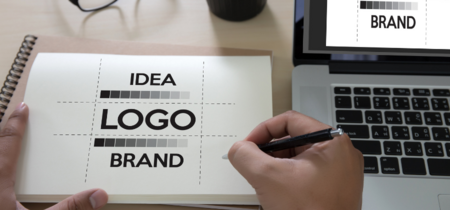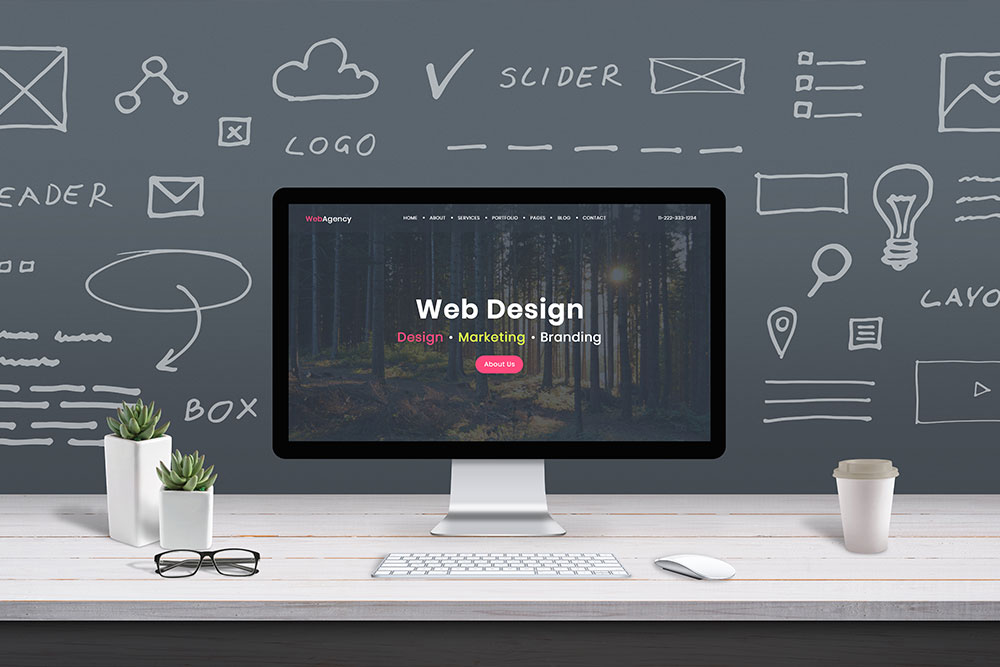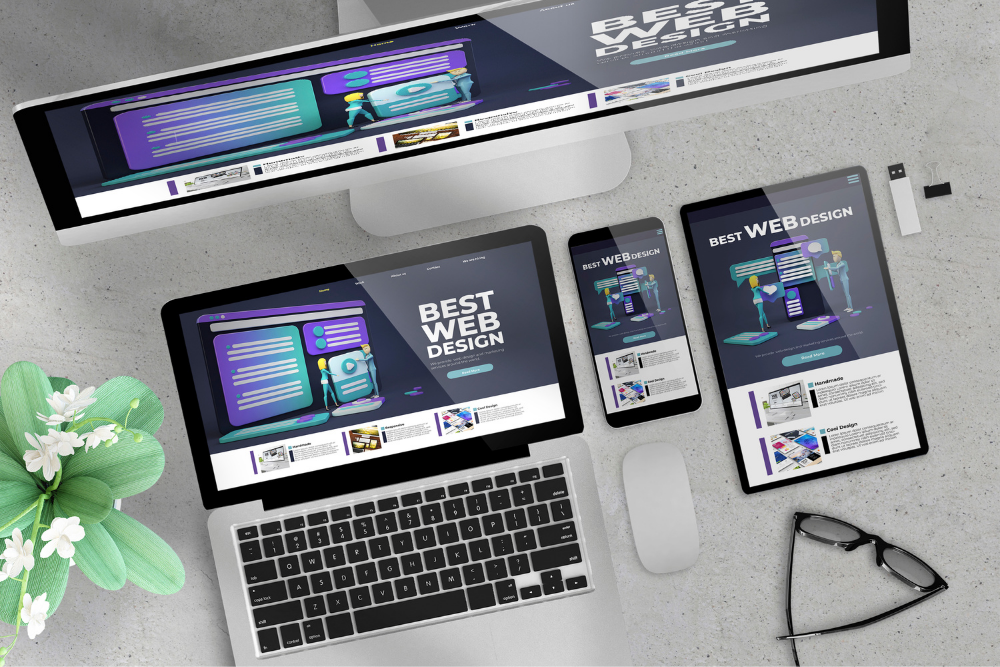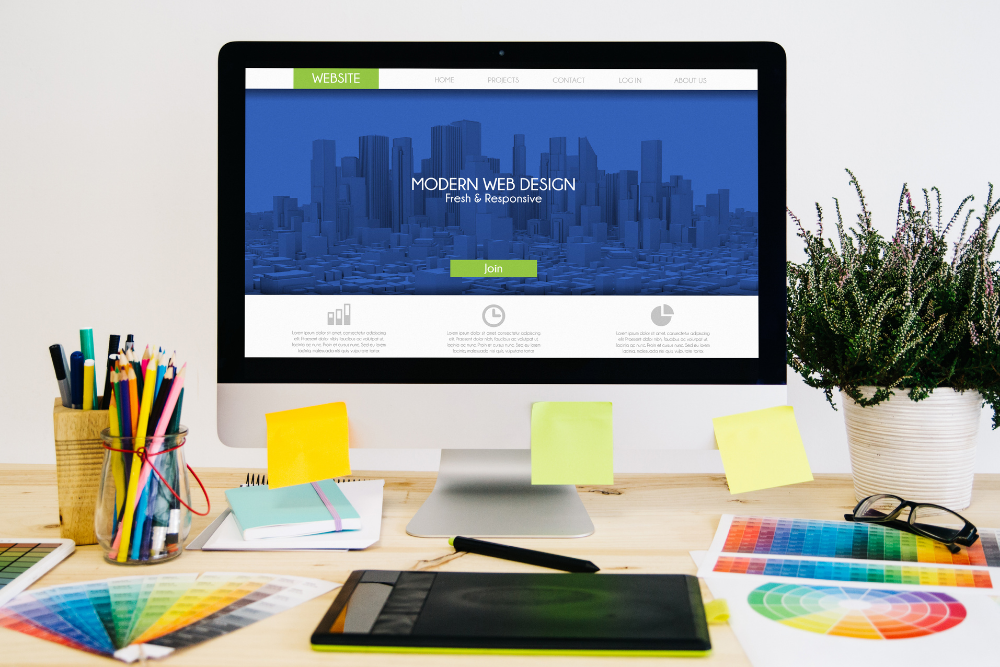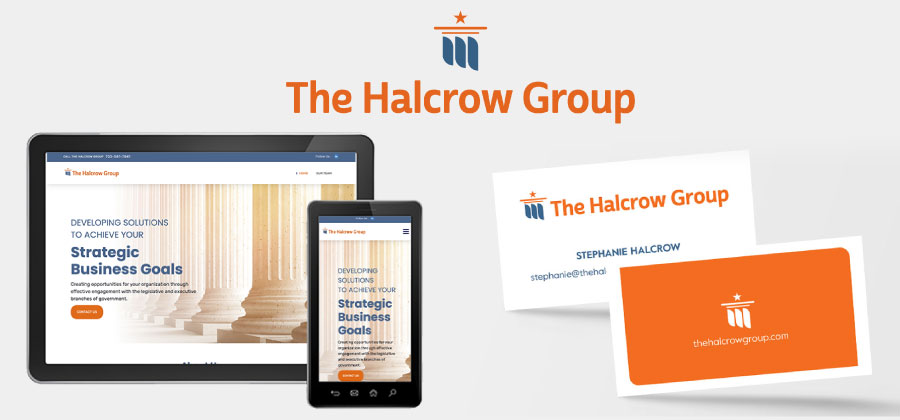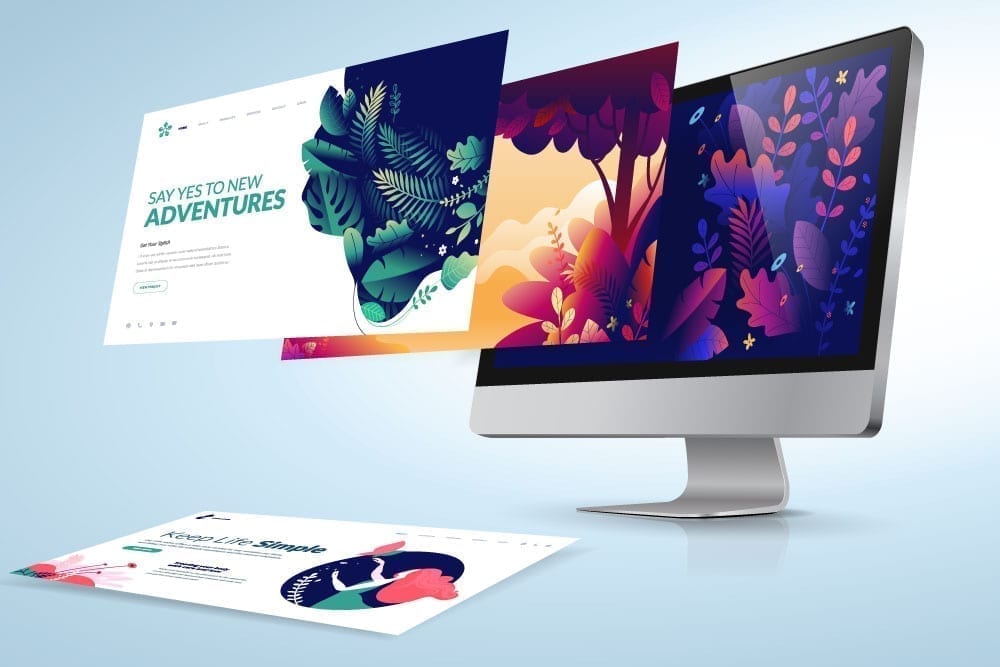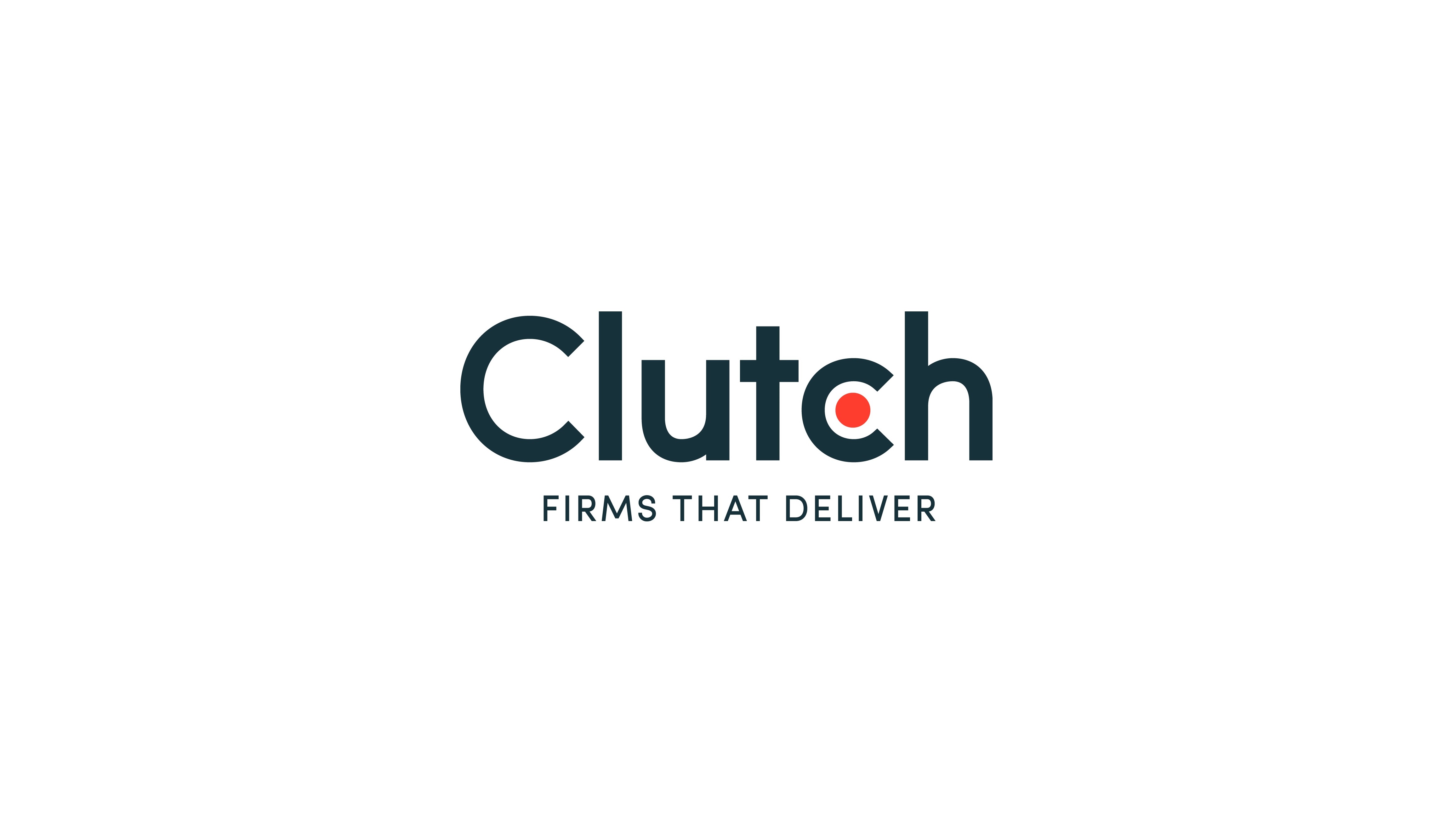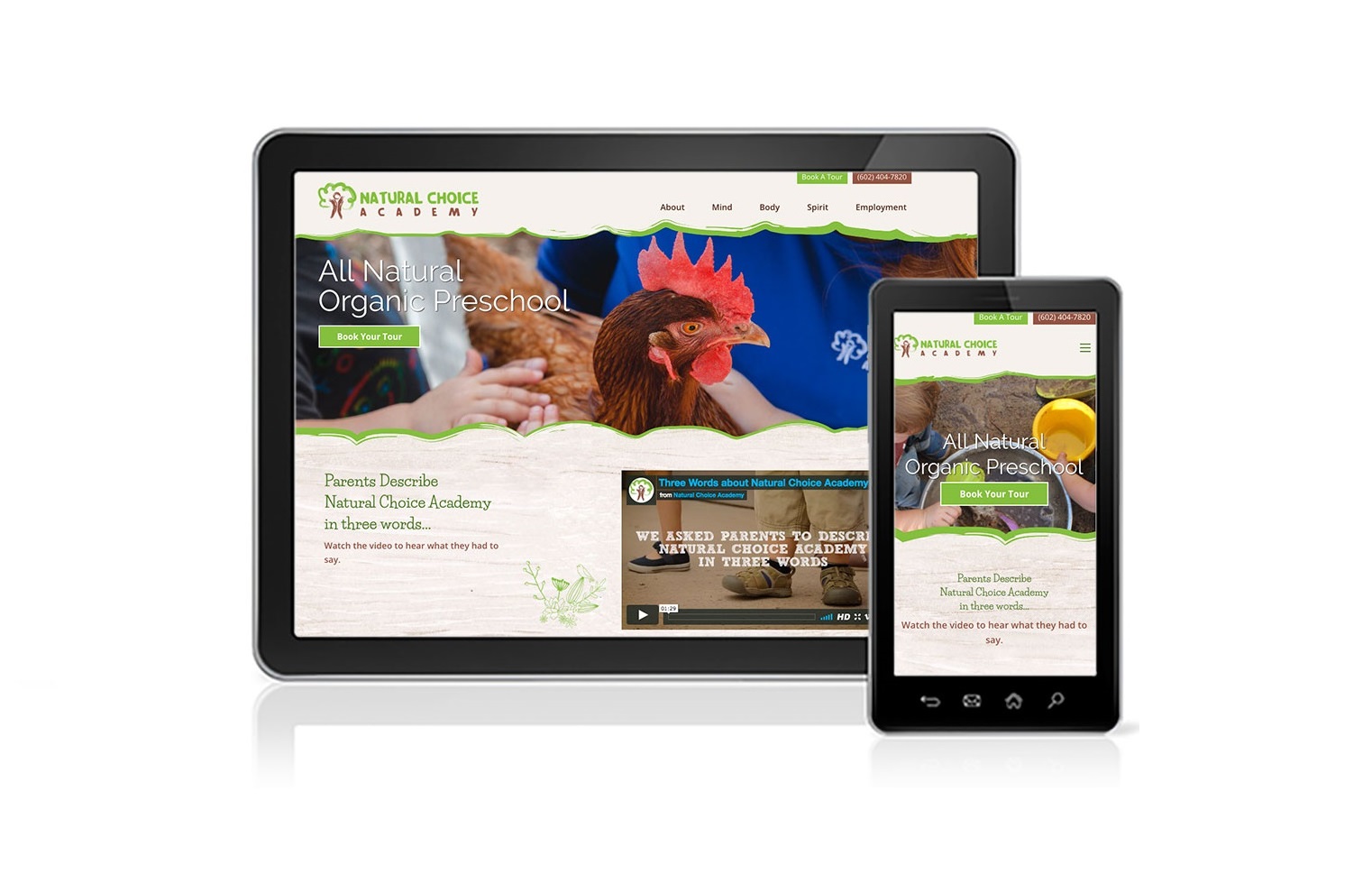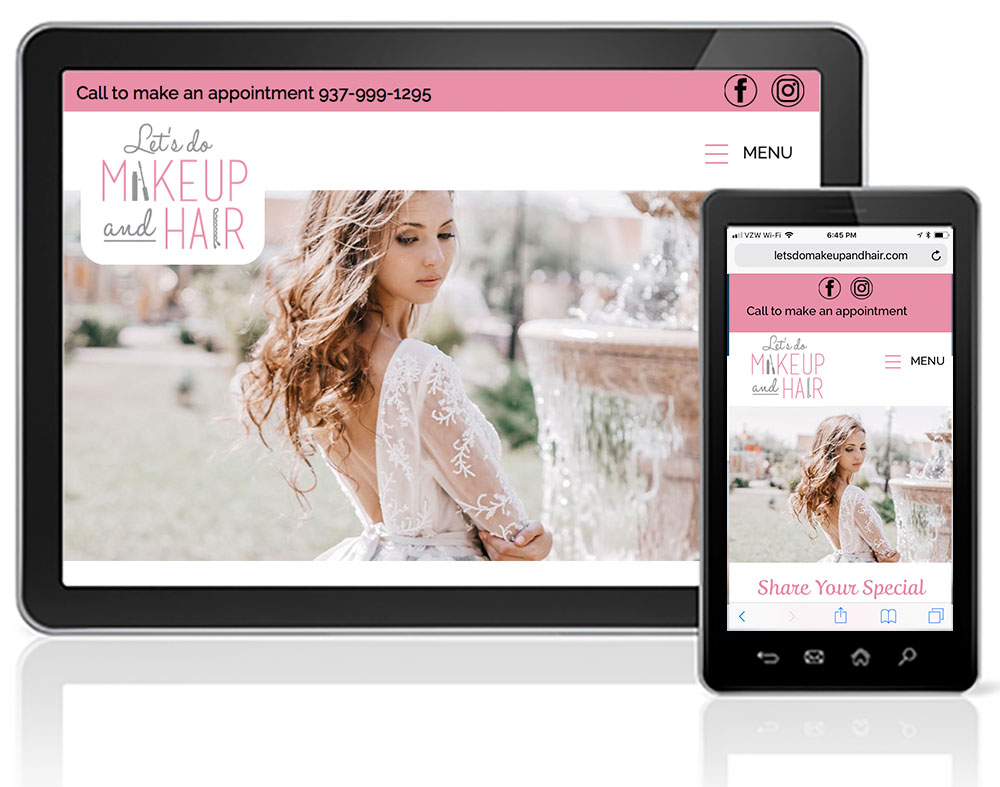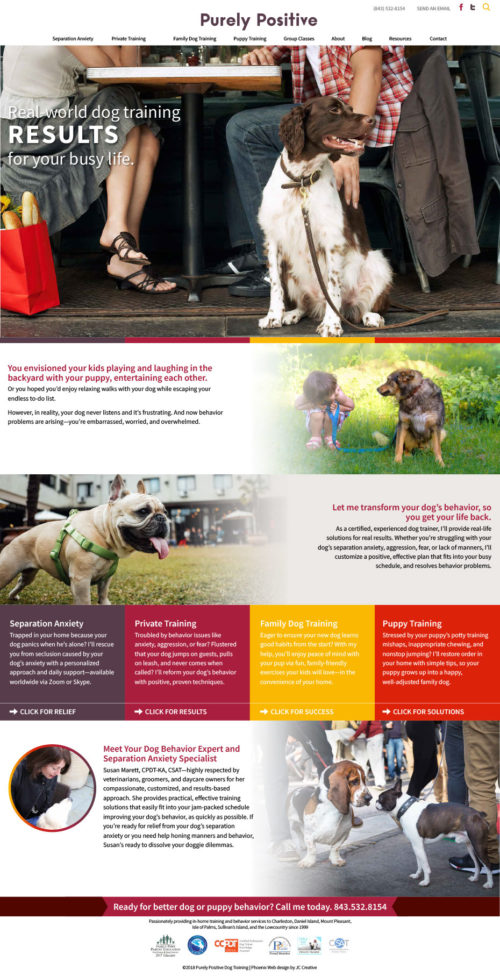A branding package is a group of assets that identify your brand. Branding is the strategic process of creating a strong, positive perception of a company, its products, or services in the customer’s mind. There are several components used in branding a business. They can include logos, a specific color palette, unique and consistent font types, and graphics. When these assets work together, they can provide consistency making a business easily identified.
Developing a comprehensive approach to business branding will make a business memorable and easily identifiable. In a recent Zendesk survey, 87% of consumers said they thought branding was important and made businesses memorable. Customers expect that the business is represented the same over email, website, customer service, and other ways businesses appear. If a business is being rebranded, they should change the logo, and styling everywhere to make sure the business is identified with the new brand every way customers reach the business.
Businesses building their brand with messaging, web design, and print collateral can create a vision, meet customer expectations and connect with customers to build relationships. Whether a business is just starting up or an existing business needs to refine or rebuild its image, it’s time to consider a complete branding package.
Businesses should consider the following when branding their business brand:
Logo
A logo will be the image that identifies the brand and business. Consider an image that catches attention, is memorable, and represents the identity or purpose of the business.
Messaging
This can include a tagline defining the business and a mission statement guiding the business path and decision-making. It can also be the tone of voice used in headlines, body copy, or call to action. Is your brand serious? Whimsical? Informative? The way you write should be a reflection of how your brand would “talk”.
Color Palette
The color palette should be consistent with all publication assets and advertising. Generally speaking, there should be 3-5 primary colors and 3-5 secondary colors. There should be a color strategy in place-meaning all headlines are one color, certain graphic elements or icons another color. This helps to establish the visual hierarchy.
Font Type
When used consistently, a specific font or group of identifiable fonts can further support branding to identify a business. Like colors, there should also be established font families. There will typically be 2-3 fonts that are consistently used. Your primary font for big statements and headlines. The secondary font will be a body copy and smaller statements. The third font could be more like an “accent”, used as pull quotes or to draw attention to something specific.
Graphic Elements
Graphic elements such as shapes, patterns, and images can be used to further build the image of a business. It is important that you are aware of the type of graphics that you are using. If you have an organic or handmade brand, it would be appropriate to use icons or illustrations that feel more hand drawn. However, if you have a more corporate brand, then simple, flat art may be more appropriate.
Brand Style Guide
A style guide is a document that describes all the elements of a business brand. A style guide will provide clear direction for consistency in all communications. Typical things you may see in a branding style guide may include: proper use of a logo, specific color palettes and their uses, photography style, approved font families or iconography.
Web Design
A website is a must-have for any business. The website is an extension of your brand. This may be the first point of contact for many of your customers. For this reason, it is important that you are following your branding guidelines when designing your new website. If someone sees a postcard and your website side by side-they should feel like they go together.
Marketing versus Advertising
Building a branding package is a strategic part of a marketing plan to identify a business while advertising is tactical to promote the business. A business should establish the objectives and brand promise or mission statement as part of the brand strategy.
Although a company can advertise without creating a brand package, your customers may not realize that it is you if every time you put out a piece of communication it is different. The key to a successful campaign is recognition and the impact of your visuals and message. Marketing is a broad term and consists of various strategies and considerations to focus on larger audiences. Inbound and outbound marketing are popular strategies that provide value to customers through pictures, videos, and/or blogs among other opportunities using the business brand strategy.
There are two basic types of advertising: Digital and Traditional. Digital advertising uses various apps, websites, social media, email, and other digital platforms to reach customers. Traditional advertising use printed assets such as mail, newspapers, or even billboards.
Regardless of the type of advertising being used, the effort will be significantly more successful when the plan includes a complete and thoughtful brand package.


